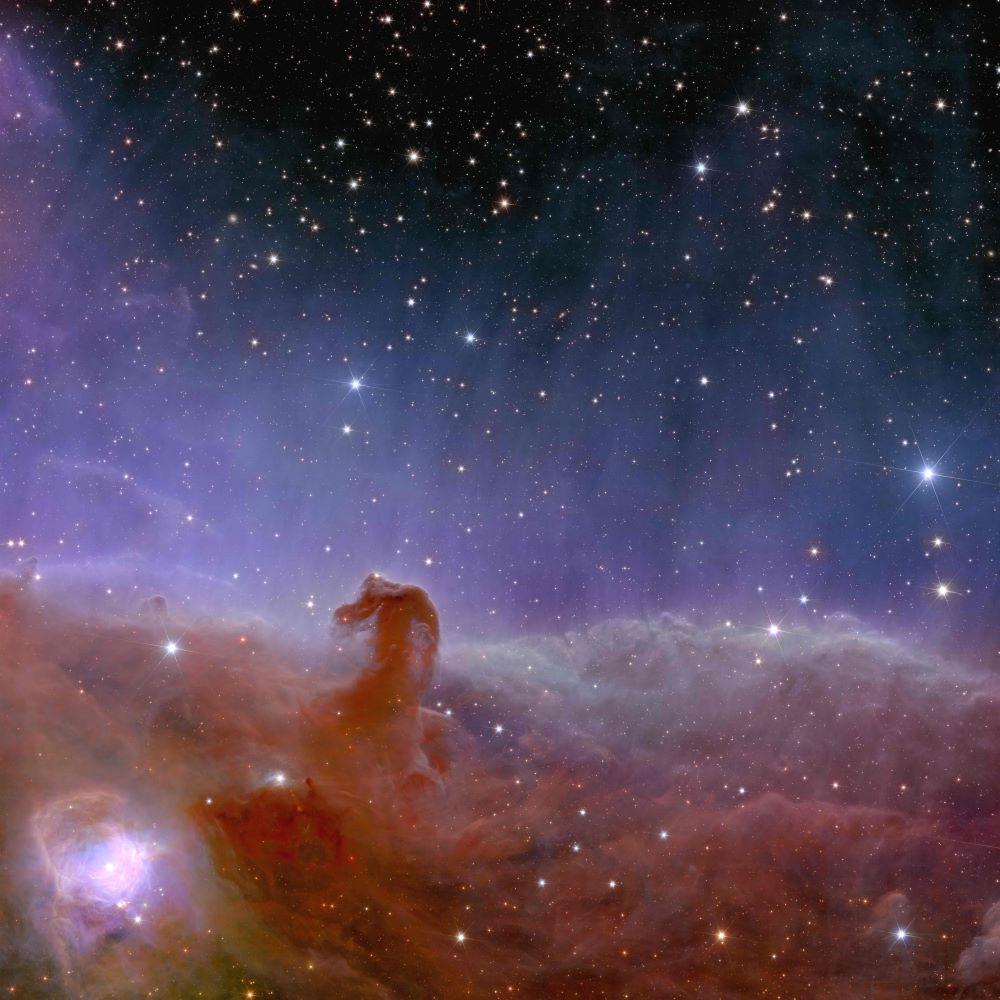
Credit: ESA/Euclid/Euclid Consortium/NASA
In a hint of cosmological discoveries to come, the European Space Agency’s (ESA) newly launched Euclid telescope has captured a smattering of sharp, wide-field images of galaxies near and far, including a view of the famed Horsehead Nebula that took only about an hour to render. “Many other...
Subscription Required
This content requires a subscription to one of the Aviation Week Intelligence Network (AWIN) bundles.
Schedule a demo today to find out how you can access this content and similar content related to your area of the global aviation industry.
Already an AWIN subscriber? Login
Did you know? Aviation Week has won top honors multiple times in the Jesse H. Neal National Business Journalism Awards, the business-to-business media equivalent of the Pulitzer Prizes.
